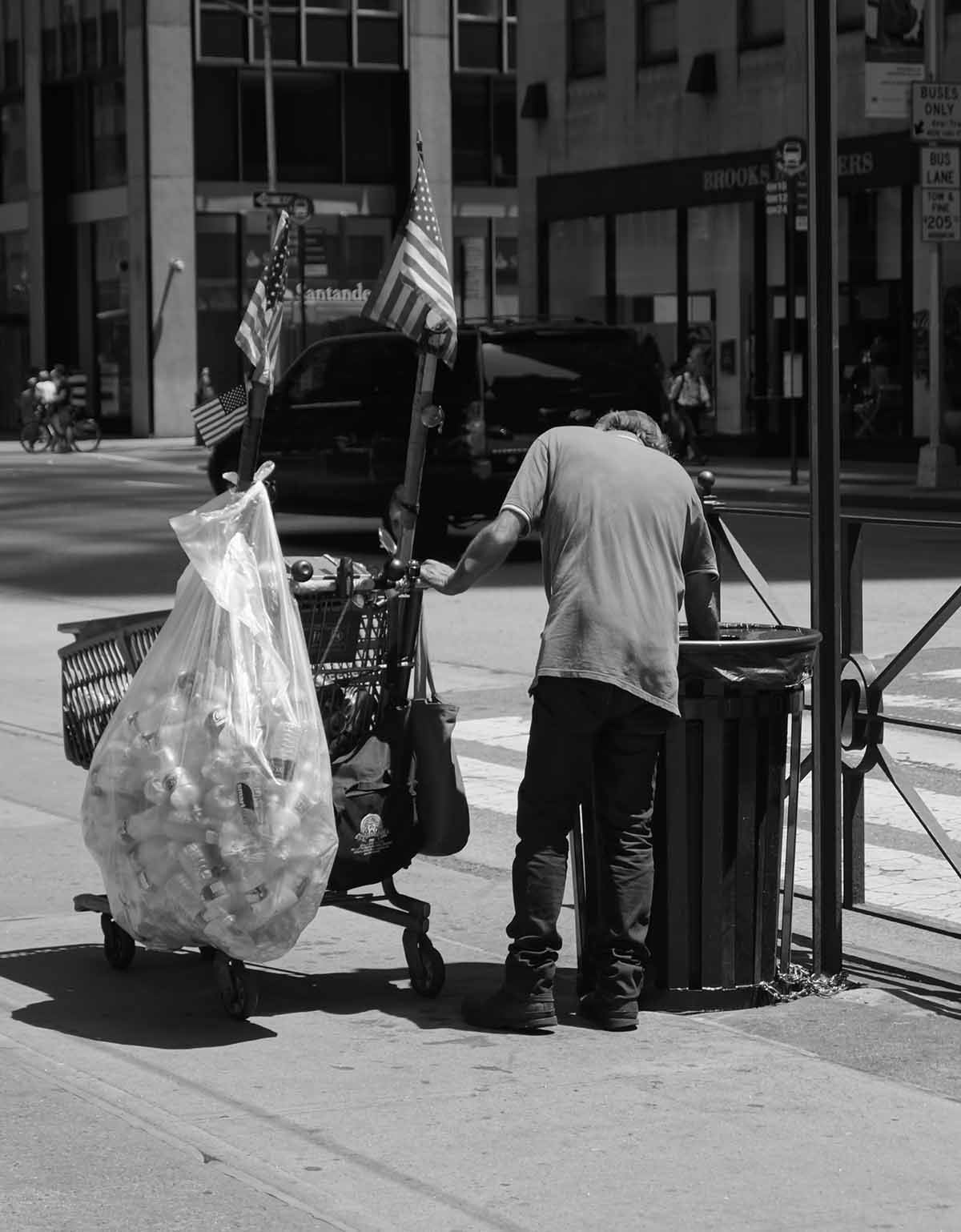Benchmarking Shelter Performance in New York: A Modest Proposal for Easing the City's Homeless Crisis

As New York City’s homeless problem has increased over the years, so, too, has the strain on the city’s shelter system. New York now spends over $1 billion a year to provide temporary housing to 14,500 homeless single adults and 15,200 families, about 60,000 people in all (with thousands more living on the streets and in the subway system). And that does not count the hundreds of millions of dollars the city also spends on prevention efforts aimed at reducing the number entering shelters and rental-subsidy programs to facilitate their exit. Nonetheless, the crisis shows little sign of abating.
In response to sustained criticism, Mayor Bill de Blasio has twice put forth plans to reform the city’s homeless services. Improving shelters—making them safer and cleaner—has been his administration’s top priority. The administration has paid much less attention to the ability of shelter operators to move homeless adults and families out of their facilities and back into the community. The mayor should do so, drawing upon his predecessor’s approach.
Mayor Michael Bloomberg’s administration set up a system of performance benchmarking and financial incentives to reward shelters’ effectiveness at reducing clients’ average length of stay and helping establish them in stable, independent housing. The evidence suggests that that Bloomberg’ s Performance Incentive Program (PIP) worked as intended. Almost every instance in which the city has managed to reduce the shelter census or average length of stay on an annual basis has occurred when PIP was active.
Mayor de Blasio let the incentives and performance bench marking for shelters lapse in January 2014, but his administration should reinstitute a benchmarking and incentive program. Shelter operators should have their performance outcomes quantitatively evaluated and published in regularly issued reports, ranking them against peers that serve similar populations. Performance should be mainly determined based on the rate at which shelter operators are placing adult- and family-shelter clients back into independent housing in the community, their average length of stay, and the rate at which formerly homeless people return to shelter. High performers should be rewarded with bonuses, and low performers should face a serious threat of loss of their contracts.
______________________
Stephen Eide is a senior fellow at the Manhattan Institute.
Are you interested in supporting the Manhattan Institute’s public-interest research and journalism? As a 501(c)(3) nonprofit, donations in support of MI and its scholars’ work are fully tax-deductible as provided by law (EIN #13-2912529).